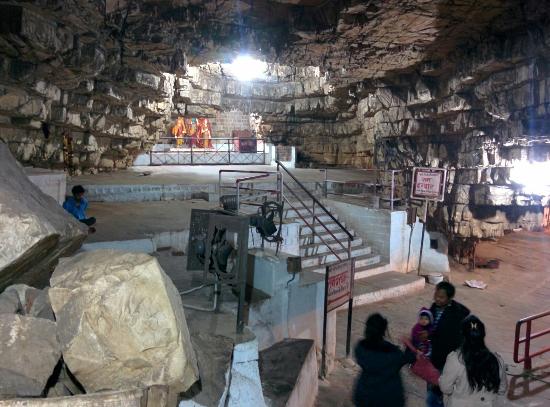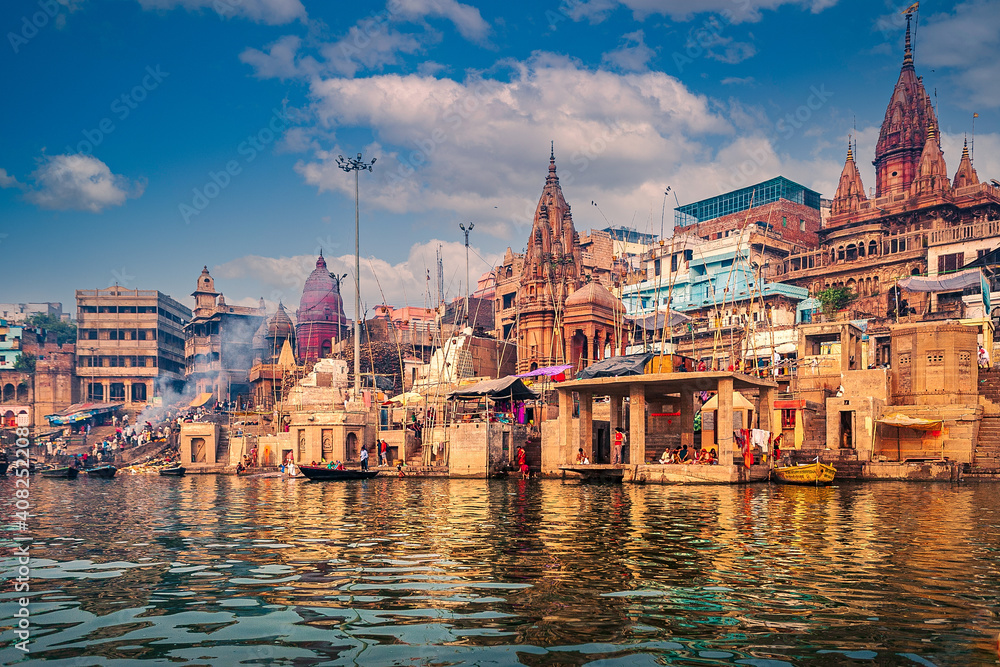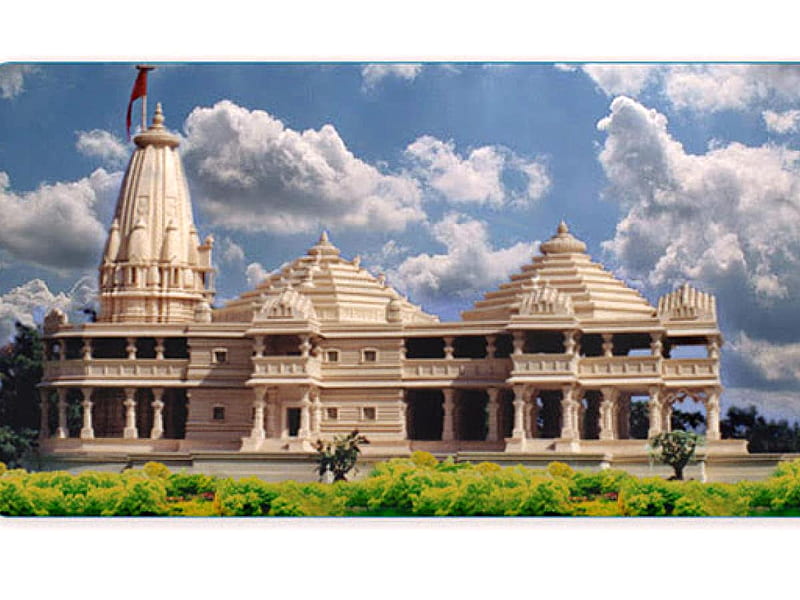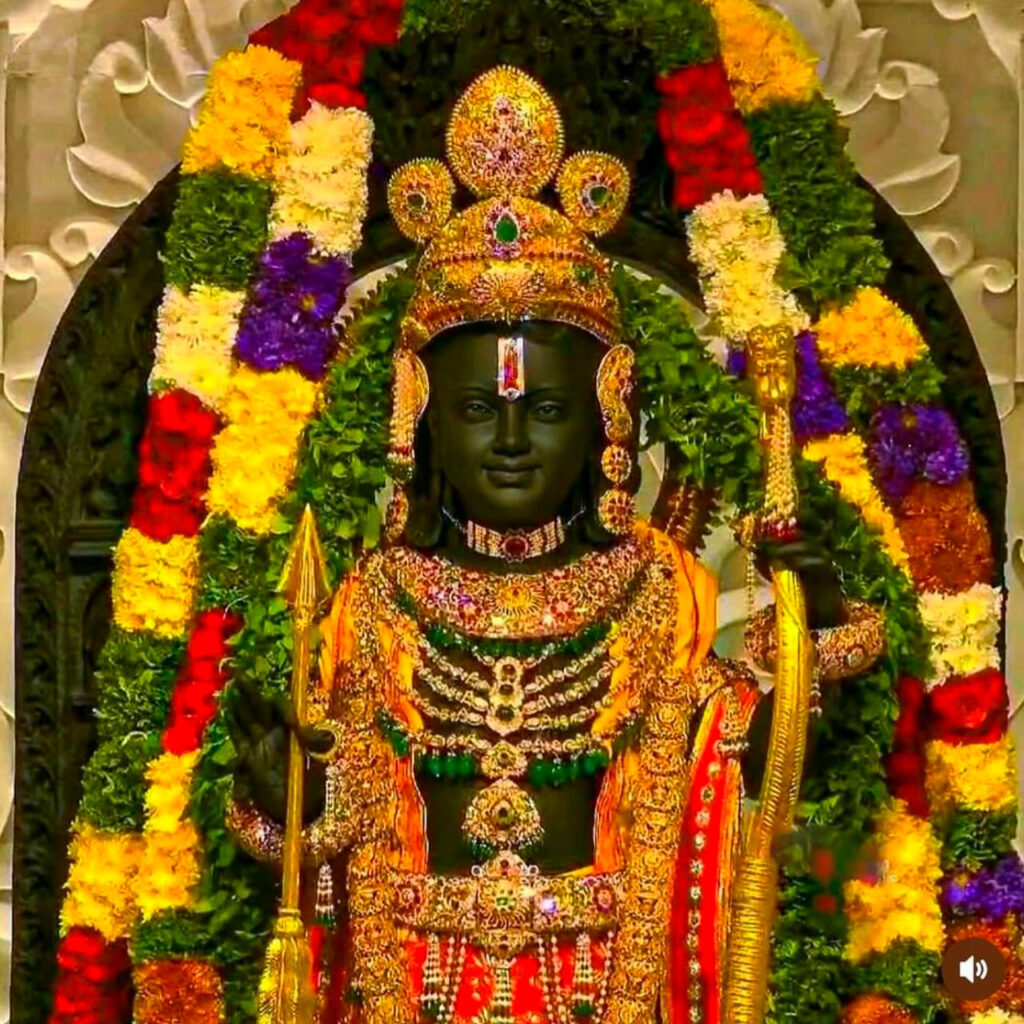Banaras-Chitrakut-Ayodhya-Chapaiya-Prayagraj



9 Days 8 Nights
Day 1:Bhuj-Delhi by train(1193km)(22hrs)
Day 2:Delhi-Kashi by train(843km)(13hrs)
Day3:Kashi vishwanath City tour
Kashi vishwanath: Kashi Vishwanath Temple is a Hindu temple dedicated to Shiva. It is located in Vishwanath Gali, in Varanasi, Uttar Pradesh, India. The temple is a Hindu pilgrimage site and is one of the twelve Jyotirlinga shrines. The presiding deity is known by the names Vishwanath and Vishweshwara (IAST: Viśvanātha and Viśveśvara), literally meaning Lord of the Universe.
Tulsimanas temple: One of the famous Hindu epics, Ramayan was originally written in Sanskrit language by Sanskrit poet Valmiki between 500 and 100 BC. Being in Sanskrit language, this epic was not accessible to and understood by masses. In the 16th century, Goswami Tulsidas wrote the Ramayan in Awadhi dialect of Hindi language and the Awadhi version was called Ramcharitmanas (meaning Lake of the deeds of Rama).
Sankat mochan hanuman temple: Sankat Mochan Hanuman Temple is a Hindu temple in Varanasi, Uttar Pradesh, India and is dedicated to the Hindu God Hanuman. The temple was established by famous Hindu preacher and poet saint Sri Goswami Tulsidas in the early 16th century and is situated on the banks of the Assi river. The deity was named "Sankat Mochan" meaning the "reliever from troubles".
Day 4:Kashi-Prayagraj-Triveni snan-chitrakut night travel by bus
Prayagraj: Prayagraj lies close to Triveni Sangam, the "three-river confluence" of the Ganges, Yamuna, and the mythical Sarasvati.[1] It plays a central role in Hindu scriptures. The city finds its earliest reference as one of the world's oldest known cities in Hindu texts and has been venerated as the holy city of Prayāga in the ancient Vedas. Prayagraj was also known as Kosambi in the late Vedic period, named by the Kuru rulers of Hastinapur, who developed it as their capital. Kosambi was one of the greatest cities in India from the late Vedic period until the end of the Maurya Empire, with occupation continuing until the Gupta Empire. Since then, the city has been a political, cultural and administrative centre of the Doab region.
Triveni: Triveni Sangam is the confluence of the Ganges (Ganga), the Yamuna, and the mythical Saraswati River. Triveni Sangam is located at Prayag – the area of Prayagraj neighbouring the confluence; for this reason, the confluence is also sometimes referred to as Prayag.
Day 5:Chitrakut city after lunch go to ayodhya(274km)(7hrs)
Day 6:Ayodhya city tour
Ram mandir: The site is the former location of the Babri Masjid mosque, which was built in the 16th century CE. The idols of Rama and Sita were placed in the mosque in 1949, before it was attacked and demolished in 1992.[8][9][10] In 2019, the Supreme Court of India delivered the verdict to give the disputed land to Hindus for construction of a temple, while Muslims would be given land elsewhere to construct a mosque.[11] The court referenced a report from the Archaeological Survey of India (ASI) as evidence suggesting the presence of a structure beneath the demolished Babri Masjid, that was found to be non-Islamic.
After lunch go to Chapaiya
Chapaiya: Ghanshyam Bhavan is a monument sited on Bhagwan Swaminarayan's birthplace. A temple on this place was erected by Acharya Ayodhyaprasadji Maharaj in 1863, after Bhagwan Swaminarayan's passing in 1830. After 47 years another temple was built by Acharya Purushottamprasadji Maharaj in 1910. It is undergoing reconstruction in marble. It was a project started in 2004 by Acharya Tejendraprasadji Maharaj. The marble-decorated room is on the ground floor.
Back to Ayodhya.
Day 7:Ayodhya-Delhi by train (667km)(10hrs)
Day 8:Delhi-Bhuj by train(1160km)(22hrs)
Day 9:Arrival Bhuj.
HAPPY JOURNEY.
